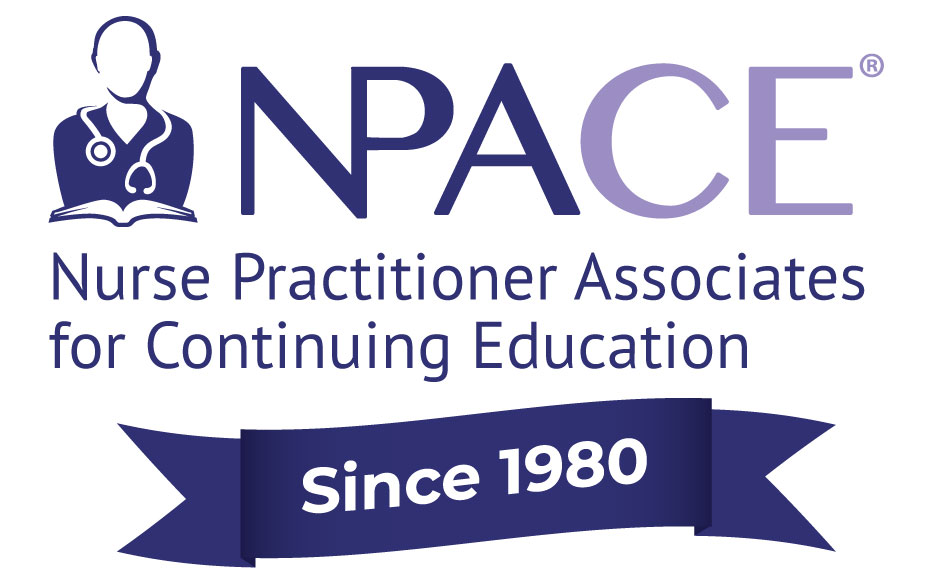
NPACE Monthly Article
STI (Sexually Transmitted Infections) Awareness Month
Beth Williams, MSN, FNP-C
Ah, Spring – flowers, birds, bees … they’re all wonderful reminders that April is National STI Awareness Month! With that in mind, we wanted to highlight two communications which have recently caught our attention. First up – the latest STI surveillance numbers.
According to the CDC’s 2022 STI Surveillance Report1 (released January 2024), there has been a significant and worrisome rise in cases of all stages of syphilis, including congenital. In 2022, over 3,700 cases of syphilis were reported, indicating an 80% increase over the past five years, and, even more alarming, a 937% increase in the past decade. Where do we see the most concerning rates? Louisiana, Mississippi, Alaska, South Carolina, and Georgia (with many other states above the national average). With regards to congenital syphilis, rates were highest in New Mexico, South Dakota, Arizona, Texas, and Oklahoma.
This same report showed a leveling-off of chlamydia cases (compared to 2021), and nearly a 9% decrease in gonorrhea cases (the first decline in a decade). Of note, 2019 had the highest rate of chlamydia cases ever on record (551.0 per 100,000 population), and the 5-year trend in gonorrhea cases has actually increased by 11%!2
It’s unclear what the newest chlamydia and gonorrhea numbers mean – are they a true flattening and decline in infections, or do they relate to diagnosing and reporting issues? We know screening for STIs was disrupted during the pandemic3 – are we still catching up? Looking at future data will help researchers clarify these questions.
With the above findings in mind, it’s prudent for us to look closely at who is most affected by STIs –racial minorities, MSM (men who have sex with men), and adolescents/young adults ages 15-24 years. Their numbers reveal trends which continue to suggest that the success of testing, treatment, and prevention strategies greatly hinge on improved access to care, particularly to underserved and vulnerable populations.4
To that point, another promising development in the prevention of bacterial STIs (gonorrhea, chlamydia, and syphilis particularly) has been the use of doxycycline for post-exposure prophylaxis (aka “doxy-PEP”).5
A series of studies6 have recently shown a demonstrated benefit of the use of doxy-PEP in reducing incidences of bacterial STIs when given to gay or bisexual men or transgender women within 72 hours of condomless intercourse (cisgender women studies are ongoing). One such study8 showed a 70% and 73% reduction in chlamydia and syphilis infections, respectively. While this is currently an off-label use of doxycycline, the CDC has suggested the following to providers considering its use7: administer doxycycline 200mg within 24-72 hours of condomless sex, counsel about adverse effects of the medication, and continue to screen/test/treat for bacterial STIs.
Here’s our takeaway from these reports – people need testing and treatment to meet them where they are. Furthermore, it’s imperative to continue to explore new approaches to address STI prevention in at-risk populations. When this is done, we see real demonstrated benefits to our patients, particularly those most in need of STI testing and treatment service.
Resource:
Syphilis Treatment and Prevention Strategies: Syphilis Pocket Guide (CDC)
References:
1. Sexually transmitted infections surveillance, 2022. Centers for Disease Control and Prevention. January 30, 2024. Accessed March 20, 2024.
https://www.cdc.gov/std/statistics/2022/default.htm#print.
2. Table 1. sexually transmitted infections – reported cases and rates of reported cases*, United States, 1941–2022. Centers for Disease Control and Prevention. January 30, 2024. Accessed March 20, 2024. https://www.cdc.gov/std/statistics/2022/tables/1.htm.
3. Post-pandemic rise in sexually transmitted diseases imminent, experts warn. NBCNews.com. July 1, 2021. Accessed March 20, 2024. https://www.nbcnews.com/health/sexual-health/post-pandemic-rise-sexually-transmitted-diseases-imminent-experts-warn-n1271996.
4. Haley DF, Edmonds A, Belenky N, et al. Neighborhood Health Care Access and sexually transmitted infections among women in the Southern United States: A cross-sectional multilevel analysis. Sexually transmitted diseases. January 2018. Accessed March 20, 2024. https://www.ncbi.nlm.nih.gov/pmc/articles/PMC5726943/.
5. Wolff K. Guidelines for the Use of Doxycycline Post-Exposure Prophylaxis for Bacterial Sexually Transmitted Infection (STI) Prevention; Request for Comment and Informational Presentation. The Federal Register. [FR Doc. 2023–21725 Filed 9–29–23; 8:45 am]. September 27, 2023. Accessed March 20, 2024. https://www.federalregister.gov/documents/2023/10/02/2023-21725/guidelines-for-the-use-of-doxycycline-post-exposure-prophylaxis-for-bacterial-sexually-transmitted.
6. Efficacy of doxycycline as PEP to prevent bacterial stis. Centers for Disease Control and Prevention. August 28, 2023. Accessed March 20, 2024. https://www.cdc.gov/std/treatment/doxycycline-as-pep-toe.htm.
7. Primary prevention methods. Centers for Disease Control and Prevention. September 29, 2023. Accessed March 20, 2024. https://www.cdc.gov/std/treatment-guidelines/clinical-primary.htm#CautionsForDoxyPEP.
8. Molina JM;Charreau I;Chidiac C;Pialoux G;Cua E;Delaugerre C;Capitant C;Rojas-Castro D;Fonsart J;Bercot B;Bébéar C;Cotte L;Robineau O;Raffi F;Charbonneau P;Aslan A;Chas J;Niedbalski L;Spire B;Sagaon-Teyssier L;Carette D;Mestre SL;Doré V;Meyer L; ; Post-exposure prophylaxis with doxycycline to prevent sexually transmitted infections in men who have sex with men: An open-label randomised substudy of the ANRS Ipergay Trial. The Lancet. Infectious diseases. Accessed March 20, 2024. https://pubmed.ncbi.nlm.nih.gov/29229440/.
